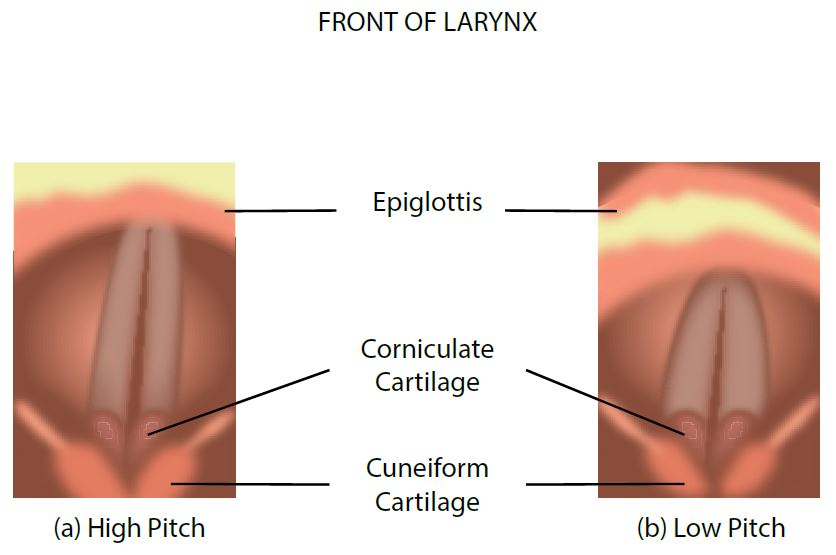One of the most challenging aspects of singing is dealing with registration, or vocal registers. Due to intrinsic muscle activity we have two registers- the upper register or head voice and the lower register or chest voice.
The chest voice functions in singing the same way it does when we speak energetically or call out on “hey” or “whoa”! If you place your hand on your chest when singing a low note you will feel a “sympathetic resonance” in the chest area. In the lower register or chest voice the TA (thyroarytenoid) muscle is more active and the vocal folds are shorter and thicker. In the upper register the CT (cricothyroid) muscles are more active and the vocal folds are longer and thinner. A challenge in singing is transitioning smoothly between registers and smoothing out the register break.
At Sing Like a Star we specialize in creating balanced registration, which means you can sing in any style of music you like! We will eliminate your voice break and develop and strong, clear, connected voice with a 3-4 octave range.
The Vocal Folds on High vs. Low Pitch
Back of Larynx
When singing a high note the singer’s vocal folds elongate due to the tilting action of the thyroid cartilage as a result of CT (cricothyroid) muscle contraction. When we sing lower pitches the vocal folds shorten due to the contraction of the intrinsic TA (thyroarytenoid) muscle. When singers strain for high notes they are trying to hit the high note with the shorter, thicker TA dominant vocal fold position (b) instead of allowing the folds to lengthen and thin, as in (a).

